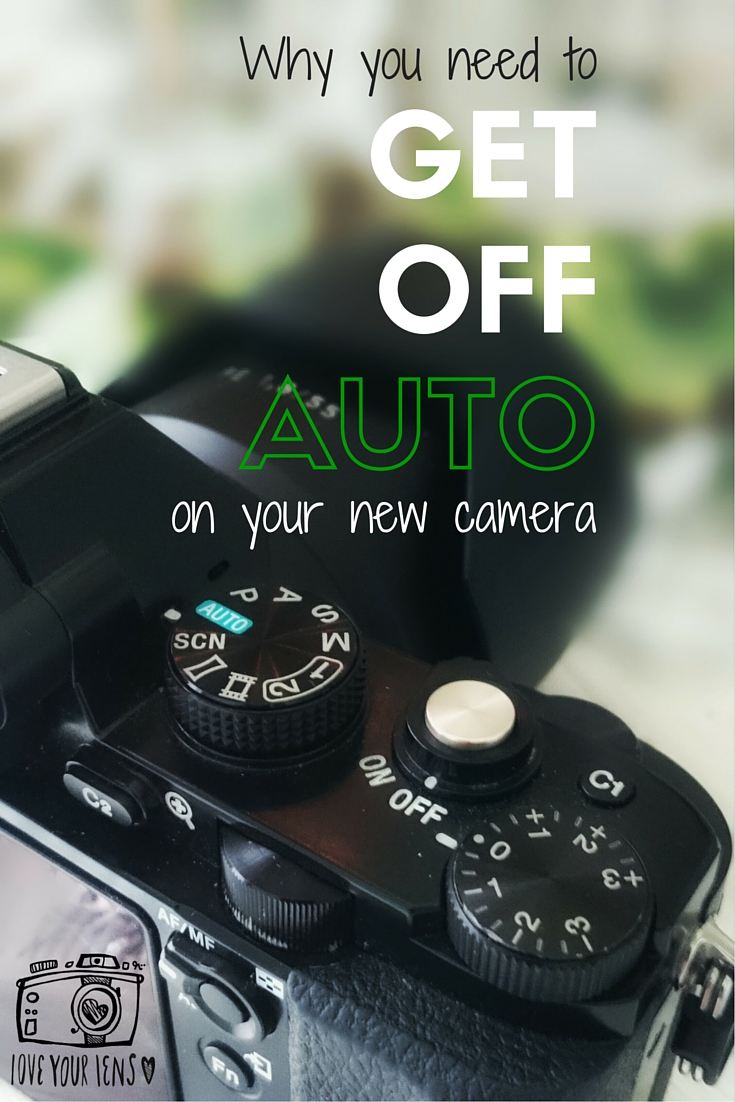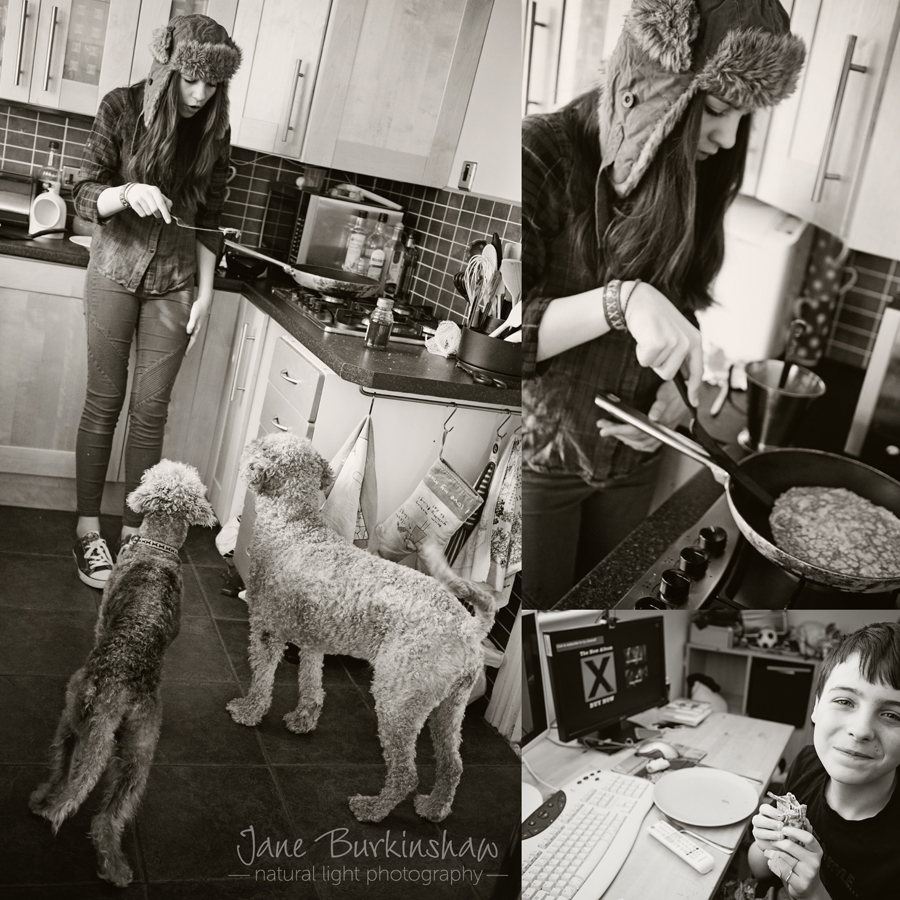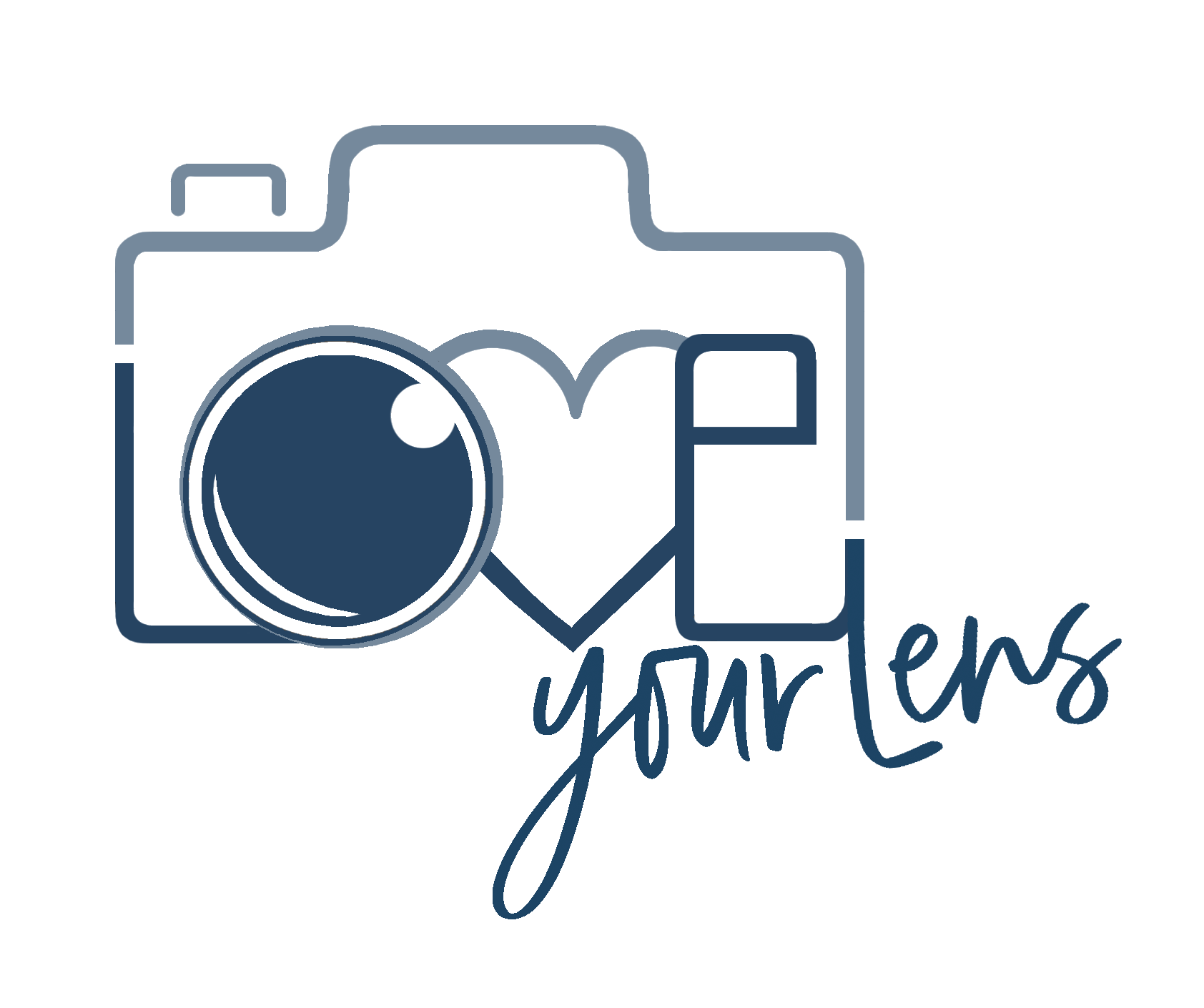Had a new camera for Christmas?
If you are one of the lucky people who have been given your first D-SLR or mirrorless camera as a gift this Christmas, you are probably part excited and part apprehensive about getting to grips with it. Whilst it’s fine to use it on AUTO for a while and enjoy the feeling of using a proper shutter and getting better quality images, you may soon become frustrated with your new camera when not all the photographs turn out well.
Here’s a few important things to know about photography:
- When you point your camera at the subject, it measures the amount of light available and that determines what settings it’s going to use. The most important one is SHUTTER SPEED.
- In bright conditions the shutter speed will be fast. This freezes movement. So if you are photographing a dog running across a field on a sunny day, you will get a crisp, clear shot of the dog.
- On a duller day the shutter speed will be slower. Slow shutter speeds can result in blurred shots of moving subjects. So if you photograph your dog on a dull, cloudy day you will struggle to get shots of the dog that aren’t blurred.
When you use the camera in the AUTO setting it does not know you are photographing a fast moving dog on a dull day. All the camera can do is assess the light conditions and set the appropriate shutter speed.
- If you are photographing indoors in the daytime the shutter speed might be so slow that camera decides that the flash is needed. Flash is a great invention and very useful, BUT it can produce images that look very flat and two-dimensional, with a strange warm colour and harsh shadows. It’s easy to take photographs indoors in the daytime without flash if you know how.
- On the AUTO setting the camera is often in charge of the flash and not you.
You may also have spotted that your camera has a number of settings for photographing action, sunsets, fireworks etc. These are more automatic settings where the camera is in charge and they can work very well. However, when for some reason they don’t give you the result you want it can be very frustrating and you can even start to think that your new camera isn’t very good.
This is highly unlikely to be the case. You’ve just reached the limits of what the camera can do for you on AUTO and you need to take the next steps to trying some of the semi-automatic modes on your camera dial. Here are some of the advantages of doing that:
- You can make sure that the shutter speed is suitable EVERY TIME and all your action shots will be crisp.
- You can prevent the flash from firing and take beautiful shots using just natural daylight – even when it’s very dull indoors.
- You can learn how to take photographs with soft focus backgrounds.
There’s so much more besides and it’s not difficult at all. 10 years ago I was using a compact camera set to AUTO and I now shoot in full control of my DSLR and mirrorless cameras, with great results. I am not a techie geek and struggle to get my head round anything too technical, but I’ve taught myself to use my camera. I now teach other people, avoiding jargon and giving you just the right amount of practical information to help you get off the AUTO setting and really enjoy playing with your new toy.
If’ you’d like to learn more a good place to start is by reading some of my blogs. Take a look at the list of courses for 2016 and I’d love to see you on one of them one day. I also do one to one tuition if you’d prefer that.
Just don’t stay on AUTO and fall out of love with your new camera or photography!




No comments yet.